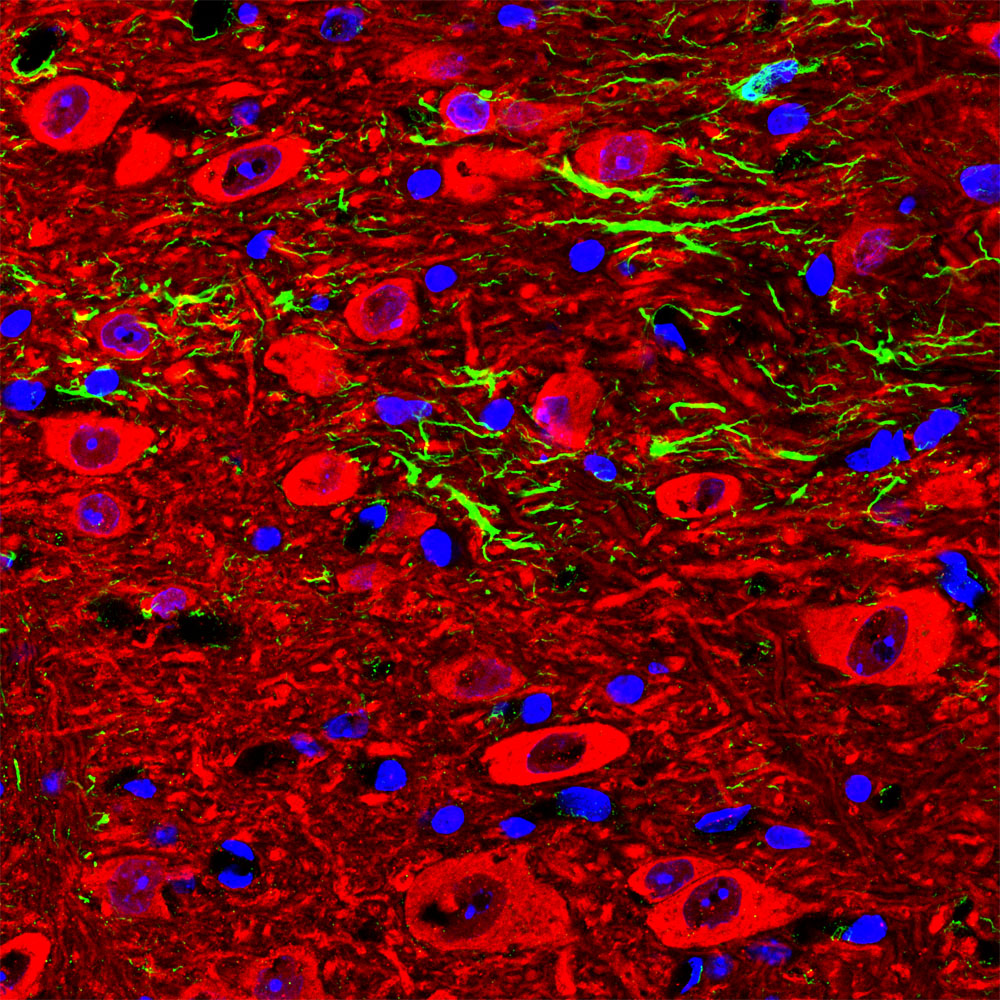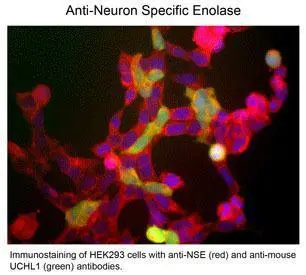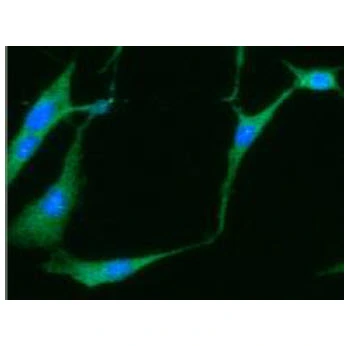NSE antibody [5A4]
GTX10169
ApplicationsWestern Blot, ELISA, ImmunoHistoChemistry, ImmunoHistoChemistry Paraffin
Product group Antibodies
TargetENO2
Overview
- SupplierGeneTex
- Product NameNSE antibody [5A4]
- Delivery Days Customer9
- Application Supplier Note*Optimal dilutions/concentrations should be determined by the researcher.Not tested in other applications.
- ApplicationsWestern Blot, ELISA, ImmunoHistoChemistry, ImmunoHistoChemistry Paraffin
- CertificationResearch Use Only
- ClonalityMonoclonal
- Clone ID5A4
- ConjugateUnconjugated
- Gene ID2026
- Target nameENO2
- Target descriptionenolase 2
- Target synonyms2-phospho-D-glycerate hydrolyase; 2-phospho-D-glycerate hydro-lyase; enolase 2 (gamma, neuronal); epididymis secretory protein Li 279; gamma-enolase; HEL-S-279; neural enolase; neuron specific gamma enolase; neuronal enriched enolase; neurone-specific enolase; neuron-specific enolase; NSE
- HostMouse
- IsotypeIgG2a
- Protein IDP09104
- Protein NameGamma-enolase
- Scientific DescriptionThis gene encodes one of the three enolase isoenzymes found in mammals. This isoenzyme, a homodimer, is found in mature neurons and cells of neuronal origin. A switch from alpha enolase to gamma enolase occurs in neural tissue during development in rats and primates. [provided by RefSeq, Jul 2008]
- Storage Instruction2°C to 8°C
- UNSPSC12352203
References
- Endothelin-1 drives invadopodia and interaction with mesothelial cells through ILK. Masi I et al., 2021 Mar 2, Cell RepRead more
- Mitochondrial Respiratory Defect Enhances Hepatoma Cell Invasiveness via STAT3/NFE2L1/STX12 Axis. Lee YK et al., 2020 Sep 15, Cancers (Basel)Read more
- Detection of Merkel cell polyomavirus (MCPyV) in Merkel cell carcinoma cell lines: cell morphology and growth phenotype do not reflect presence of the virus. Fischer N et al., 2010 May 1, Int J CancerRead more





![ELISA analysis of antigen using GTX60625 NSE antibody [5D3]. Black : Control antigen 100ng Purple : Antigen 10ng Blue : Antigen 50ng Red : Antigen 100ng](https://www.genetex.com/upload/website/prouct_img/normal/GTX60625/GTX60625_20170912_ELISA_w_23061123_381.webp)